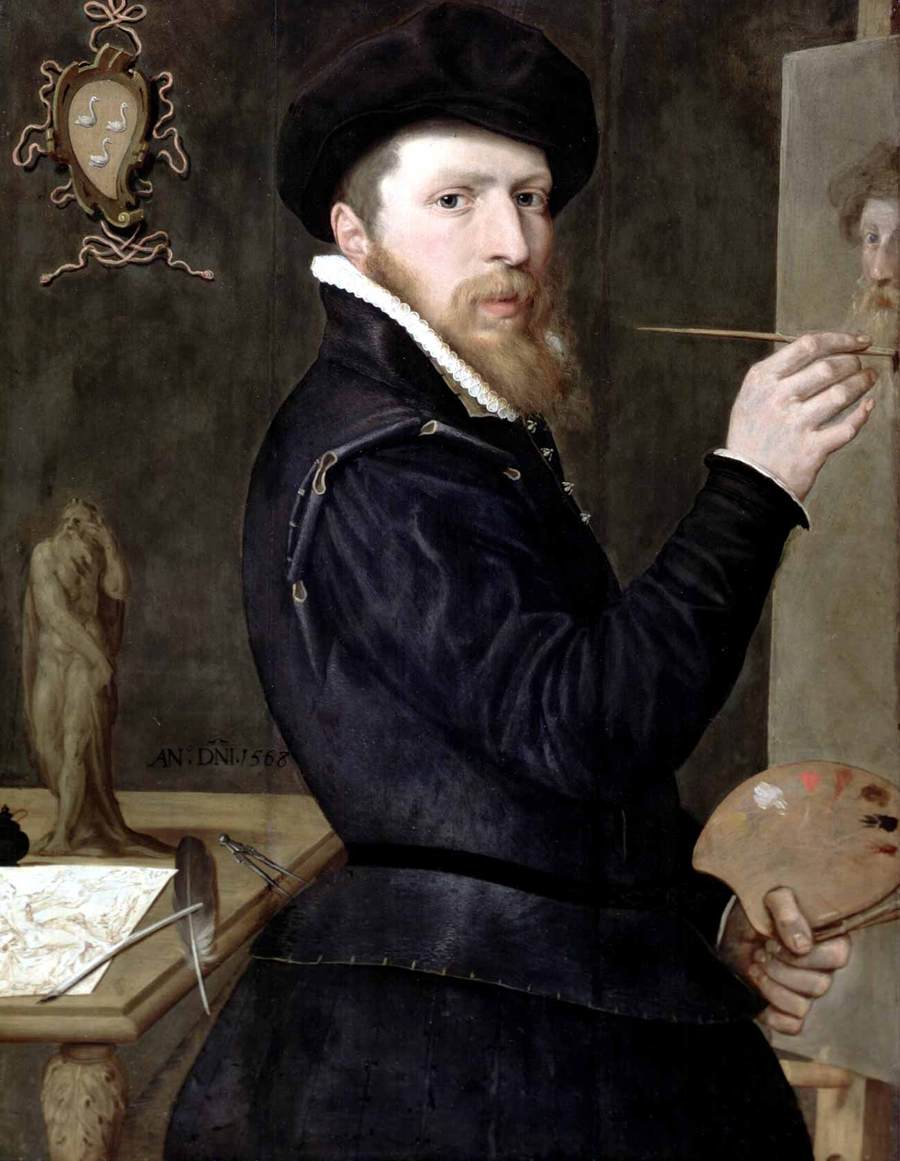Description
The self-portrait titled "Self-Portrait" by the artist Isaac Claesz Van Swanenburg is a fascinating work that stands out in several interesting aspects. First of all, his artistic style is part of the Dutch Renaissance, characterized by precision in detail and realistic representation of subjects.
The composition of the painting is remarkable, as the artist is portrayed at half length, looking directly at the viewer. This choice creates an intimate connection between the artist and the viewer, inviting us to delve into their inner world. In addition, the chosen pose transmits confidence and security, which reinforces the author's personality.
Regarding color, Van Swanenburg uses a sober and predominant palette of dark tones, which brings a certain solemnity to the work. However, the artist manages to bring the painting to life through the careful application of light and shadow, giving volume and depth to his self-portrait.
The history of the painting is also worth mentioning. It was created in the 16th century, a time when self-portraits were rare and considered a form of self-indulgence. However, Van Swanenburg defied this convention by portraying himself, showing his confidence and talent as an artist.
In addition, there are little-known aspects of this work that make it even more intriguing. For example, it is believed that the artist included small symbolic details in his self-portrait, such as the presence of a skull in the background, which could represent the transience of life and the vanity of human existence.
In short, Isaac Claesz Van Swanenburg's self-portrait "Self-Portrait" is a painting that captivates with its Renaissance artistic style, carefully crafted composition, use of color, and convention-defying history. Furthermore, little-known aspects of the work add an element of mystery and depth to this fascinating painting.

